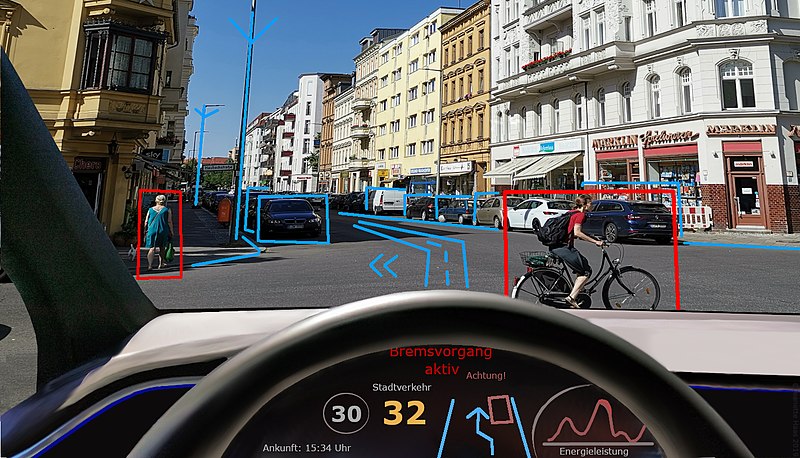
Why Does It Take so Long to Develop Self-Driving Cars
Self-driving cars were being hyped back in 2008 and yet we are still to see that AI-driven traffic system. The cars do exist and they are extensively tested even today, but how come we don’t see these driverless vehicles more frequently. Here we will go over how these cars work, how they can help, and why it takes so long for us to finally get the promised product.
How Self-Driving Cars Work
These vehicles have an AI that is in charge of making all of the decisions while navigating through the traffic. It uses radars and sensors to gather data about the car’s surroundings and based on that data it either slows down, accelerates, takes turns, or stops. Its top priority is safety so it’s programmed to avoid the collision at all costs. Meaning all of the car’s hardware must work in sync, and a software error could create trouble. This is why extensive testing is being done, to ensure the car is perfectly safe.

How It Helps
Self-driving cars can help those with disabilities by giving them the means to commute faster. They can also be used by people who are under the influence and are not fit to drive. They can aid drivers if they notice that there is an issue with a car, and stop the vehicle before anything bad happens.
Why Does It Take So Long?

There are lots of things that need to be polished before we can embrace this new tech. One example is a liability, or who will be held responsible in case of an accident.
If a company that develops the cars is supposed to be accountable, then it’s quite obvious why this tech can be considered a major liability. If the government is to take the responsibility, they would need solid proof that they can back this technology, and if the driver needs to be responsible, then what’s the point?
The truth is there are lots of situations that can occur in traffic, and each AI might require a different setting depending on where the car is driven.
Whenever you are doing testing on such a massive scale you have a better insight into all the possible shortcomings, and ironing out those details is extremely important. A faulty software won’t end up in a negative review, it can cost lives.
Conclusion
We also make mistakes when driving, and accidents occur on a daily basis. AI can be programmed to function smoothly in entirely AI-driven traffic, but human errors can lead to AI errors. So, AI cars need to have a better reaction time and prediction algorithms in order to have a better response to potential human errors in traffic.
